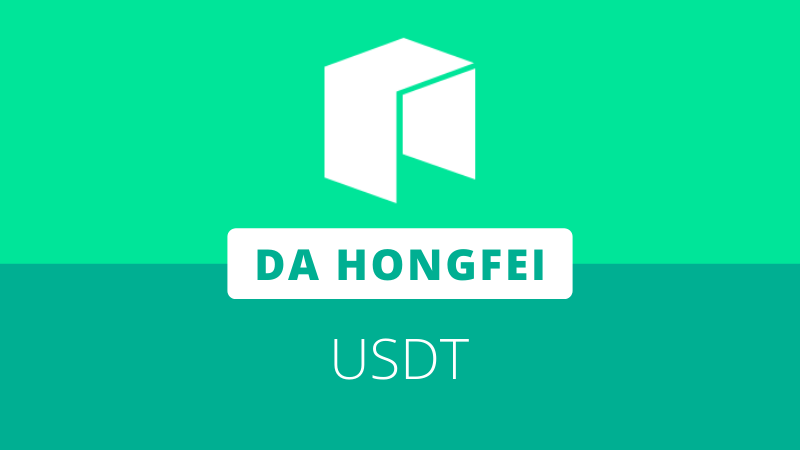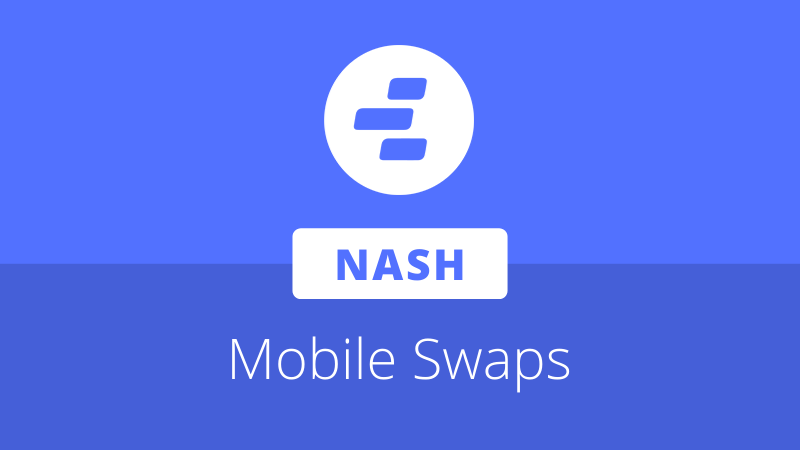
US dollar-backed stablecoins can broaden access to markets that a third of the world can’t currently participate in, and may also replace cumbersome international money transmittal processes. These were a few points Neo co-founder, Da Hongfei, touched upon in a recent CoinTelegraph op-ed about Tether’s USDT and its potential impact on the geopolitical landscape and sovereign digital currencies.
Da’s thesis is that USDT may pose a threat to the dominance of the US dollar (USD), as well as the network’s that transmit money across international borders. Tether is increasingly becoming a commonly accepted means of exchange and “operates outside the purview of the US banking system and centralized monetary policy.”
SWIFT & traditional international money transmission
Traditional international money transmission processes are inefficient and altogether remove USD access to a large portion of the world. International money transfers largely utilize the Society for Worldwide Interbank Financial Telecommunications (SWIFT) system – a network established in 1973 that comprises 11,000 member institutions and handles approximately 33.6 million daily transactions.
SWIFT’s relative monopoly has enabled USD dominance twofold. First, SWIFT usage requires a modern banking infrastructure that is not available in every part of the world. Second, it empowers the US, whose government has enough political capital to block international settlements by other countries. Further, Federal Reserve strategies, such as leveraging its balance sheet, have historically impacted global monetary, financial, and trade markets.
According to Da, USD-backed stablecoins like Tether challenge the more than 50-year-old money transmission network and reduce the global impact of policies enacted by the US Federal Reserve.
USD-backed stablecoin cryptocurrencies
Decentralized and permissionless USD-backed stablecoins provide the unbanked world an opportunity to access USD-based markets using only a smartphone. Individuals may no longer require their country to have a sovereign currency or mature banking infrastructure to participate in global markets.
USD-backed stablecoins such as USDT can also be transmitted within minutes on open networks instead of taking many business days through networks like SWIFT.
The benefits of access to digital money has already been seen in regions such as sub-Saharan Africa, where adults with e-money accounts doubled from 2014 to 2017.
However, relative to other currencies and technology, cryptocurrency is still in its infancy and is not impervious to policy changes or how it is mandated. Da pointed out there is a possibility that the US government could scrutinize projects like Tether and impose Federal regulations against their use.
The sentiment is not wholly unfounded. In April 2019, the New York attorney general found that approximately only 74% of Tether’s supply was backed by actual USD. As Tether had previously claimed 100% USD backing for each outstanding USDT, it’s possible that US regulators may clamp down on the stablecoin issuer to protect consumers.
Sovereign stablecoins
Da completed his thought exercise by highlighting a potential sovereign currency-backed stablecoin vacuum should Tether be prohibited by the US government. Such a void could potentially open the door for another nation’s sovereign and digitized currency to become the backing of a stablecoin. He noted that China is moving forward with the digitization of the Yuan, and the UK, the Netherlands, and Switzerland are also working on their own central bank digital currency (CBDC).
Tether has paved the way for a potential shift in global currency standards, and the world’s dependencies on the USD and traditional money transmission networks could slowly diminish. Da concluded, “Thanks to USDT, we are now entering a new era of currency innovation — and competition — as the smart economy of the future looms ever closer.”
The full op-ed can be found at the link below:
https://cointelegraph.com/news/tether-challenging-the-usds-hegemony-championing-cbdc-and-beyond







About The Author: Dylan Grabowski
Dylan is a reformed urban planner with a passion for covering the Neo ecosystem. His objective as a writer for Neo News Today is to report news in an objective, fact-based, non-sensational manner. When not behind a computer screen, he can be found in the mountains rock climbing. Find Dylan on Twitter (@GrabowskiDylan).
More posts by Dylan Grabowski